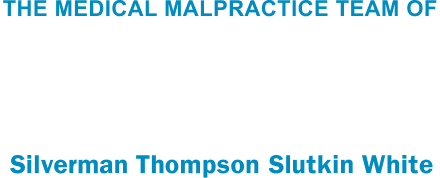Down Syndrome
According to the Center for Disease Control (CDC), Down syndrome is the most common chromosomal disorder in America. It occurs in approximately 5,700 babies born each year, or one out of every 640 babies.
Down syndrome is a genetic disorder that causes intellectual and physical developmental delays. It occurs due to an extra copy—full or partial—of chromosome 21. The condition known as Down syndrome is named for John Langdon Down, a British doctor who was the first to describe the syndrome in 1866.
Read more about Down syndrome from the CDC here.
While scientists are uncertain why Down syndrome occurs or exactly what factors play a role, research has shown that a woman’s likelihood of giving birth to a child with Down syndrome increases with her age. According to the National Down Syndrome Society (NDSS), approximately 1% of all cases of Down syndrome have a hereditary component. According to the NDSS, there is no definitive research or evidence indicating that environmental factors or parental activities prior to or during pregnancy contribute to the likelihood of Down syndrome.
There are two types of prenatal testing available to determine whether a baby has Down syndrome before it is born. Screening tests, which are less invasive and carry a slight risk of a false-positive diagnosis, determine the likelihood that a child has Down Syndrome. Diagnostic tests, which are more invasive and carry a slight risk of miscarriage, provide a nearly 100% accurate diagnosis. In the event that Down syndrome is not diagnosed prior to birth, it is usually diagnosed at birth due to physical features and confirmed by a chromosomal analysis of the child’s blood.
Read more about how Down syndrome is diagnosed from the NDSS here.
Physical characteristics of Down syndrome vary, but tend to include stunted growth, almond shaped and upward-slanted eyes, flattened facial profile (especially the bridge of the nose), a short neck, unusually small ears, hands, and feet , small pinky fingers, a protruding tongue, poor muscle tone or loose joints, a palmar crease, and a large gap between the first and second toe. The neurological effects of Down syndrome also vary, but generally include mild to moderate intellectual disability with decreased speech skills and delayed fine motor skills.
Individuals with Down syndrome present an increased incidence of congenital heart disease, thyroid disorders, gastrointestinal disorders, low fertility rates, and impaired vision, and hearing, according to the Eunice Kennedy Shriver National Institue of Child Health and Human Development.
Under certain circumstances, parents can pursue medical malpractice/medical negligence litigation for “wrongful birth” in Maryland. Typically, the parents of the child allege that the medical professional failed to diagnose likely Down syndrome in utero, provided negligent genetic counseling about the likelihood of the fetus developing an abnormality, or failed to properly inform the parents of the child’s condition. The parents must allege that had they been informed of the likelihood of Down syndrome, they would have elected to terminate the pregnancy.
Read more about wrongful birth here.
If you or a loved one has been affected by Down syndrome, or if you have questions surrounding wrongful birth, please contact Andrew G. Slutkin and Ethan S. Nochumowitz at SIlverman Thompson for a free consultation, toll-free, at 800-385-2243.






